Increasing Incidence Rates
The prostate cancer market is experiencing growth driven by rising incidence rates in the United States. According to the American Cancer Society, approximately 1 in 8 men will be diagnosed with prostate cancer during their lifetime. This statistic indicates a growing patient population, which in turn fuels demand for diagnostic and therapeutic options. The increasing awareness of prostate cancer screening and the importance of early detection contribute to this trend. As more men undergo screening, the number of diagnosed cases is likely to rise, thereby expanding the prostate cancer market. Furthermore, the aging population in the US, where the risk of prostate cancer increases with age, adds to the urgency for effective treatment solutions. This demographic shift suggests a sustained demand for innovative therapies and supportive care within the prostate cancer market.
Rising Awareness and Education
Rising awareness and education regarding prostate cancer are pivotal drivers of the prostate cancer market. Campaigns aimed at educating the public about the risks, symptoms, and importance of early detection have gained momentum in recent years. Organizations such as the Prostate Cancer Foundation and the American Urological Association are actively promoting awareness initiatives. This increased awareness is likely to lead to higher screening rates, resulting in earlier diagnoses and treatment interventions. As more men become informed about their health, the demand for diagnostic tests and treatment options is expected to rise. Furthermore, educational programs targeting healthcare professionals are enhancing the quality of care provided to patients. This trend suggests a positive outlook for the prostate cancer market, as a well-informed population is more likely to seek timely medical attention and adhere to treatment protocols.
Investment in Research and Development
Investment in research and development (R&D) is a crucial driver of the prostate cancer market. Pharmaceutical companies and research institutions are increasingly allocating resources to discover new therapies and improve existing treatment options. The National Cancer Institute has reported a significant increase in funding for prostate cancer research, which is expected to yield innovative solutions in the coming years. This focus on R&D not only enhances the therapeutic landscape but also attracts investment from venture capitalists and private equity firms. As new drugs and treatment modalities enter the market, competition is likely to intensify, leading to better outcomes for patients. The prostate cancer market is poised for growth as these investments translate into effective therapies that address unmet medical needs, thereby improving survival rates and quality of life for patients.
Aging Population and Demographic Shifts
The aging population and demographic shifts in the United States are key factors influencing the prostate cancer market. As the population ages, the incidence of prostate cancer is expected to rise, given that the majority of cases are diagnosed in men over the age of 65. This demographic trend indicates a growing patient base that will require comprehensive care and treatment options. Additionally, the increasing life expectancy in the US means that more men will live longer with prostate cancer, necessitating ongoing management and support. The prostate cancer market is likely to expand as healthcare providers adapt to the needs of this aging population, offering tailored treatment plans and supportive services. This shift underscores the importance of developing effective therapies that cater to the unique challenges faced by older patients, thereby driving growth in the prostate cancer market.
Technological Advancements in Treatment
Technological advancements in treatment modalities are significantly impacting the prostate cancer market. Innovations such as robotic-assisted surgeries, targeted therapies, and immunotherapies are transforming the landscape of prostate cancer management. For instance, robotic-assisted prostatectomy has become a preferred surgical option due to its minimally invasive nature and quicker recovery times. Additionally, the introduction of novel targeted therapies has shown promising results in improving patient outcomes. The prostate cancer therapeutics market is projected to reach approximately $20 billion by 2026, reflecting the growing investment in research and development. These advancements not only enhance treatment efficacy but also improve the quality of life for patients, thereby driving the overall growth of the prostate cancer market. As technology continues to evolve, it is likely that new treatment options will emerge, further expanding the market.


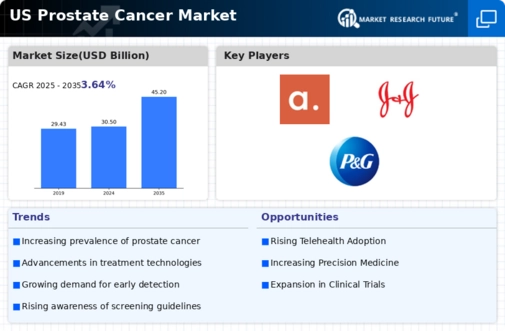
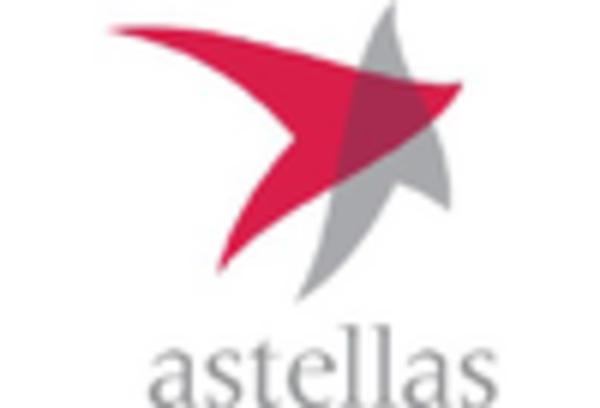
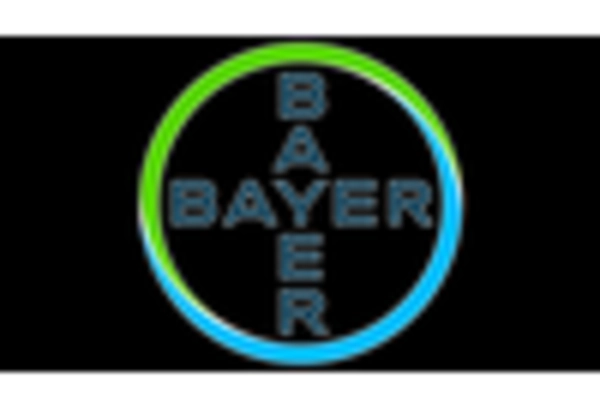

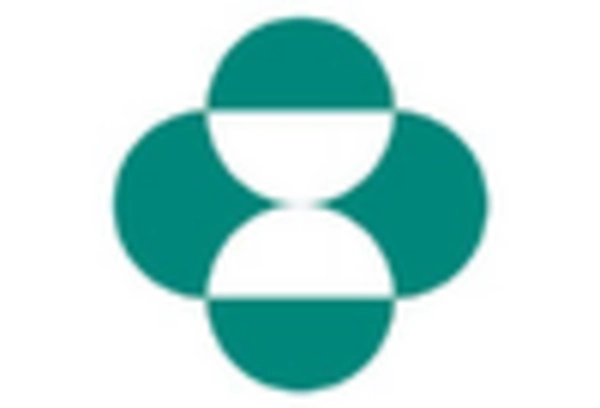
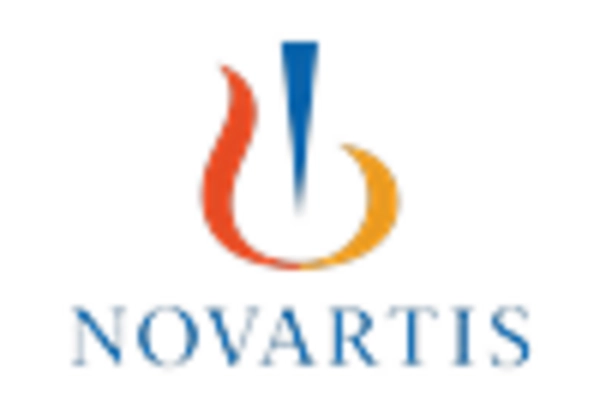
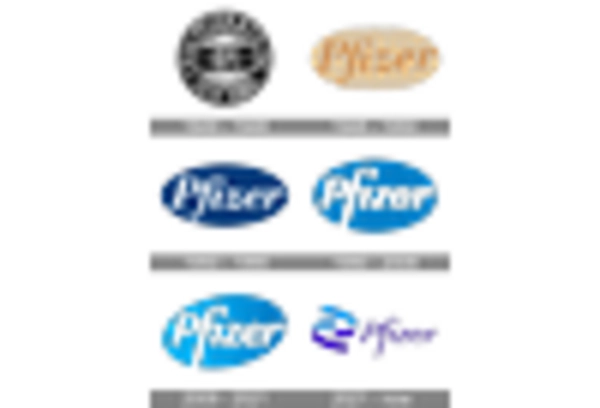








Leave a Comment